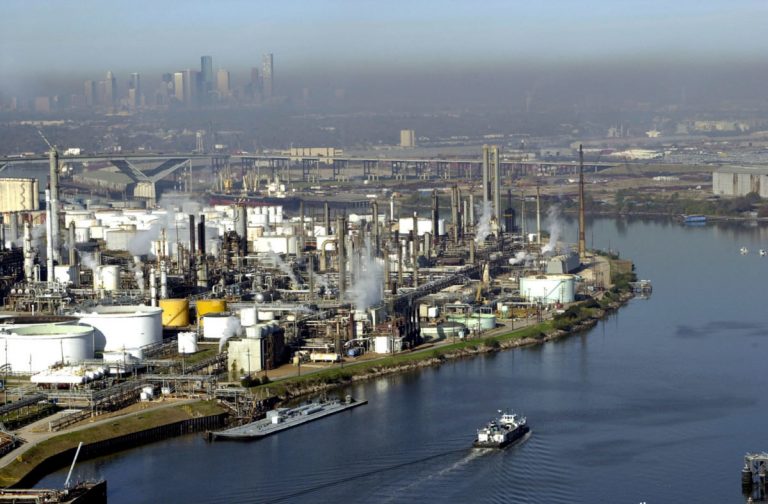Coast Guard and federal officials, who have been conducting hearings into the Deepwater Horizon explosion, have found that BP continues to stonewall all efforts to find the cause of the explosion. Most of the answers coming from the BP side have been along the lines of “I don’t know” and “I wasn’t in charge.” As yet another round of hearings continues in Houston, BP’s tactics are getting tiresomely familiar to maritime lawyers.
During this particular round of hearings, Kent Wells, a senior vice president at BP said that he didn’t know who was in charge of the well at the time of the explosion, because he was busy focusing on the oil spill response. That answer irked Hang Nguyen, the co-chairman of the hearings panel, who said that no one at BP seemed to have answers to the panel’s questions. When Wells was asked why the company had failed to act in spite of an audit that showed that the company was behind in maintenance of the rig, he said he couldn’t answer that question because he was not in charge of drilling site operations.
Yet another BP manager, David Sims had an even more spectacular reason for why he failed to play his part in preventing the explosion. Halliburton had sent a series of e-mails to David Sims between April 15 and 16, warning about problems with the rig. However, Sims failed to read even one of these e-mails because – wait for this- he had trouble reading e-mails on his Blackberry.
In those e-mails Halliburton had recommended 21 centralizers in place of the six that BP typically used. But Sims never read the e-mails, and he said he never made the decision about centralizers. That decision was made by one of his subordinates.
During each hearing, BP officials have engaged in stonewalling tactics, frustrating Coast Guard, and federal officials, and leading them on a goose chase.







